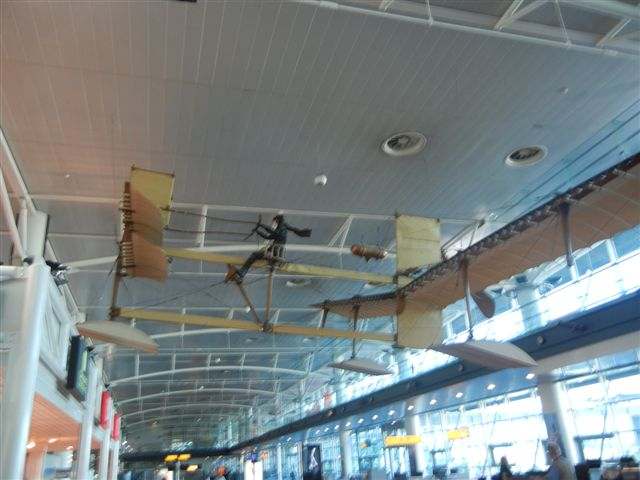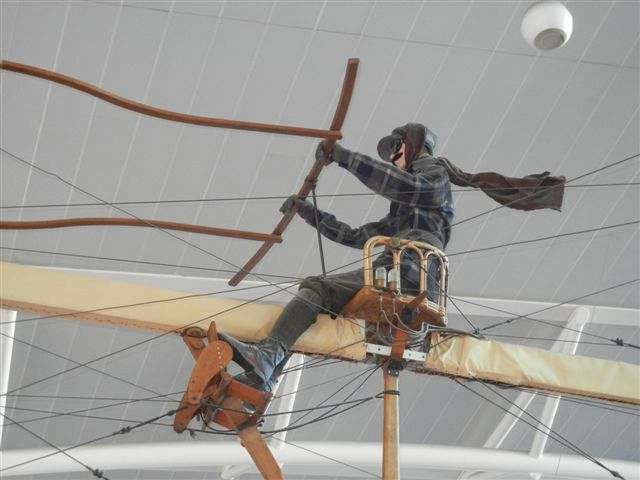France--2013
Kathy and Charlie Liggett
Kathy and I are still able to enjoy the adventure of frequent travel. We spent twelve days in June, traveling along the Rhone River in southern France with five other couples and two French guides; all of us, members of Chaine des Rotisseurs. We had two small vans that were quite comfortable as we traveled from one town to another, staying for one to three nights in some interesting upscale accommodations.
Dinners were generally in one, two or three star Michelin Restaurants with quite a variety of great French cuisine and wines. Especially memorable was the three-Michelin-star Restaurant Pic in Valence where our host was Anne-Sophie Pic the daughter of the Grand Chef Jacques Pic.
During our trip we visited 18 wineries and at each we were hosted by the owners; each one providing a tour of their vineyards and operations. We spent our last day in Marseilles and enjoyed the bouillabaisse for which the city is famous.
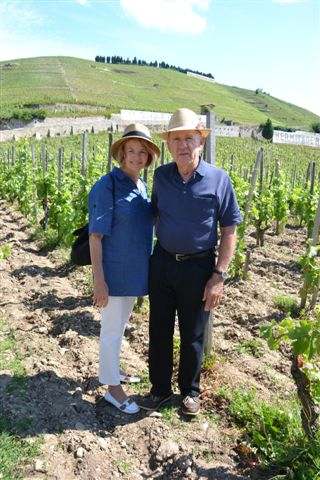
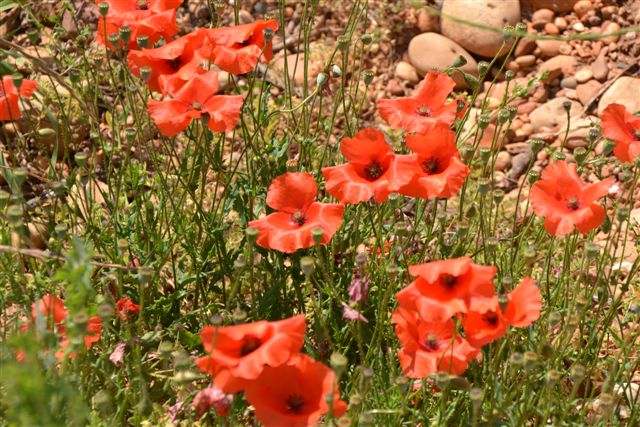
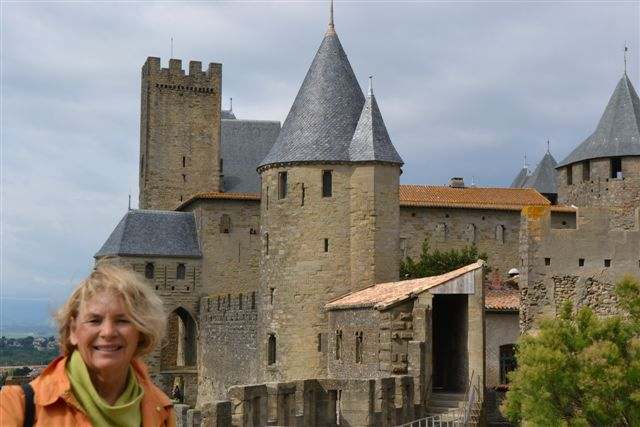
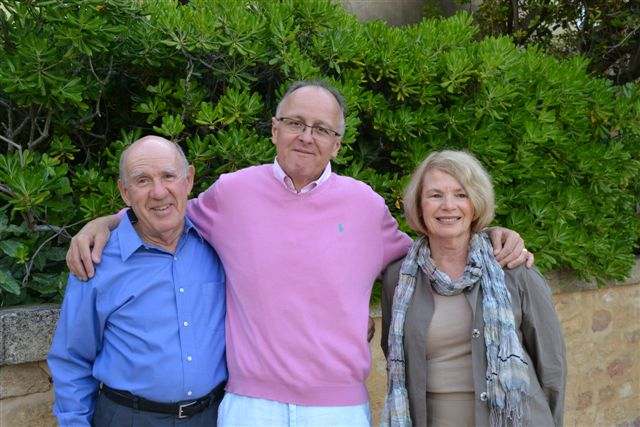
The July 2013 edition of the Air Force Magazine has an interesting article on "Firsts in Flight"; one first in flight that Kathy and I encountered last month in the Marseille, France, airport was the seaplane of Henri Fabre. He is credited as being the father of the seaplane, and on 28 March 1910 he flew several meters above the Etang de Berre. He called the hydro-plane 'le Canard' (The Duck).
